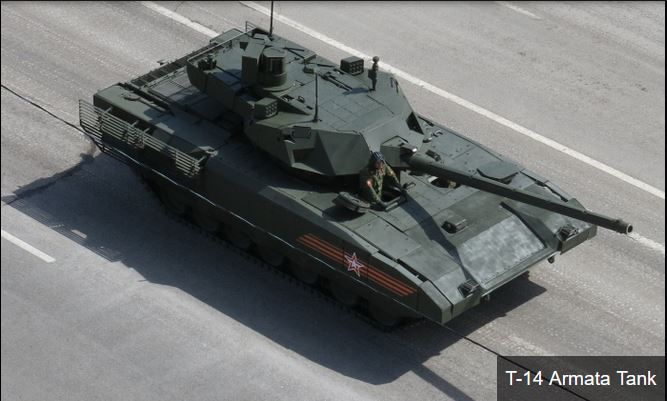Unveiled in April 2015, the first serially produced Russian T-14 Armata tanks were scheduled to enter service by the end of 2021 and would provide the country with its first entirely new and original tank design since the T-64 entered service in 1964. The T-14 has been hailed as revolutionary with its compartmentalised hull design and entirely unique use of an unmanned turret being among multiple other unprecedented features. These range from its Malachit explosive reactive armour to its radar system, which together make it harder to penetrate than any rival tank design. The tank’s 2A82-1M gun has an unrivalled rate of fire and can deploy specialised Vacuum-1 rounds with an unmatched penetrative capacity estimated at over 1000mm, with a new autoloader being key to facilitating the accommodation of these longer munitions over the older ones used by legacy Russian tanks such as the T-72 and T-90.
An often overlooked feature of the T-14, and more specifically its firepower, is its extremely long engagement range which provides a very comfortable advantage over Western rivals. Indeed, at 12 kilometres, the range is so long that it is expected to rely heavily on targeting data provided by other units to be able to fire at such distances, with the T-14’s own sensors thought to be insufficient to acquire targets so far away particularly in the uneven terrain which makes up most of Russia’s frontiers.
Continue reading Here

